How SKB Makeev's designers successfully caught up with Lockheed engineers
In the Russian military-industrial complex, the Makeev Center stories of its existence, engaged in the development of outstanding samples of rocket technology. For more than 65-year history of existence, the designers of the SRC have designed and handed over to the Navy three generations of missile systems, as well as 8 basic missiles and immediately 16 of their upgraded versions. These missiles constituted and continue to form the basis of the naval strategic nuclear forces of the Soviet Union, and then of Russia. In total, the SRC specialists collected approximately 4 thousands of offshore production missiles, more than 1200 missiles were fired, and the success of the launches was more than 96%. In each of the missile systems created weapons the designers solved the fundamental tasks that ensured the development of sea rocket production in our country, the achievement of qualitative results that surpass the world analogues, contributing to the deployment of an effective maritime component of the strategic nuclear forces of our state. The development of the Makeev Center is still an integral part of modern rocket production.
However, this was not always the case, the missile center and its team had to go a long way, which encompassed competition with such a giant of the American aviation industry, like Lockheed, this company was engaged in the development and production of UGM-27 Polaris and UGM-73 Poseidon SLBMs. Thanks to the dedicated work of the designers of the Makeev Center, they created the missile systems that were installed on all Soviet strategic submarines, by the mid-1970s, they had overtaken the American counterparts manufactured by Lockheed in their effectiveness. True, before that they had to go a long way.
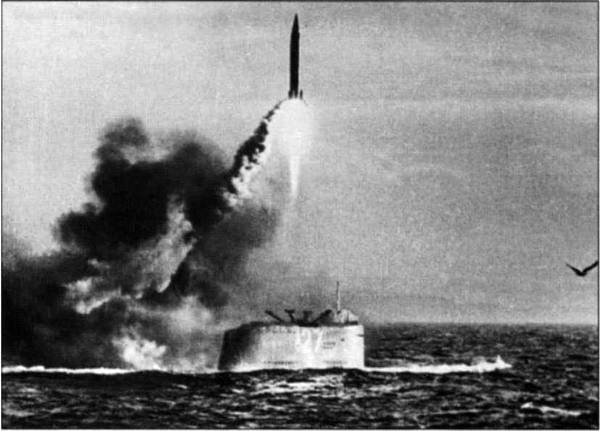
Already in the first post-war years, a new rocket industry was rapidly developing in the USSR, and its headquarters, OKB-1, headed by Korolev, began to expand its production base. 16 December 1947 was set up by a government decision-making design bureau with laboratories and an experienced workshop. From 1948, it became known as SKB-385 (Special Design Office No. 385). This bureau, the main purpose of which was the development of long-range missiles, was formed on the basis of the Urals plant number XXUMX, located in Zlatoust. The first task for the new design office was to support the production of the P-66 rocket at plant No. 1, this rocket was assembled in the image of the famous German V-66 rocket.
Truly SKB was able to turn around after it was headed by Viktor Petrovich Makeev (1924-1985 years). He was appointed Chief Designer at the suggestion of Sergey Pavlovich Korolev himself and came to the Special Design Bureau of the Royal OKB-1, where he was the lead designer. Korolev managed to discern the creative potential of Makeev, sending him on an independent voyage. Makeev became the chief designer of SKB-385 in 1955, at his suggestion, construction began on a new production site located on the northern outskirts of the city of Miass in the Chelyabinsk region, at the same time the design bureau moved to a new location. Together with the new chief designer, the new developments went to Miass - the short-range ballistic missiles P-11 and P-11FM. Thus, the design bureau, which, prior to 1956, was engaged in the development of mass production of OKB-1 development missiles, began the independent creation of ballistic missiles intended for installation on submarines.
16 September 1955 of the year in the USSR was the first in the world launch of a ballistic missile R-11FM from a submarine. The rocket developed at OKB-1 by chief designer Korolev was deployed on submarines of the 611AB and 629 projects, the technical test leader was Viktor Makeev. Successful tests of this rocket marked the beginning of the creation of Soviet naval nuclear forces. The rocket was brought to mind by the 1959 year, after which it was put into service. It was removed from service only in the 1967 year, although as early as the beginning of 1960-s it was obvious that this missile was very quickly morally and technically outdated. Possessing a range of 150 km, a circular deviation of 3 km and a relatively small charge of 10 kt, this missile provided only a surface launch with sea waves up to 4-5 points. The surface launch of the rocket significantly complicated the possibility of its secretive launch from the Soviet diesel-electric submarines.
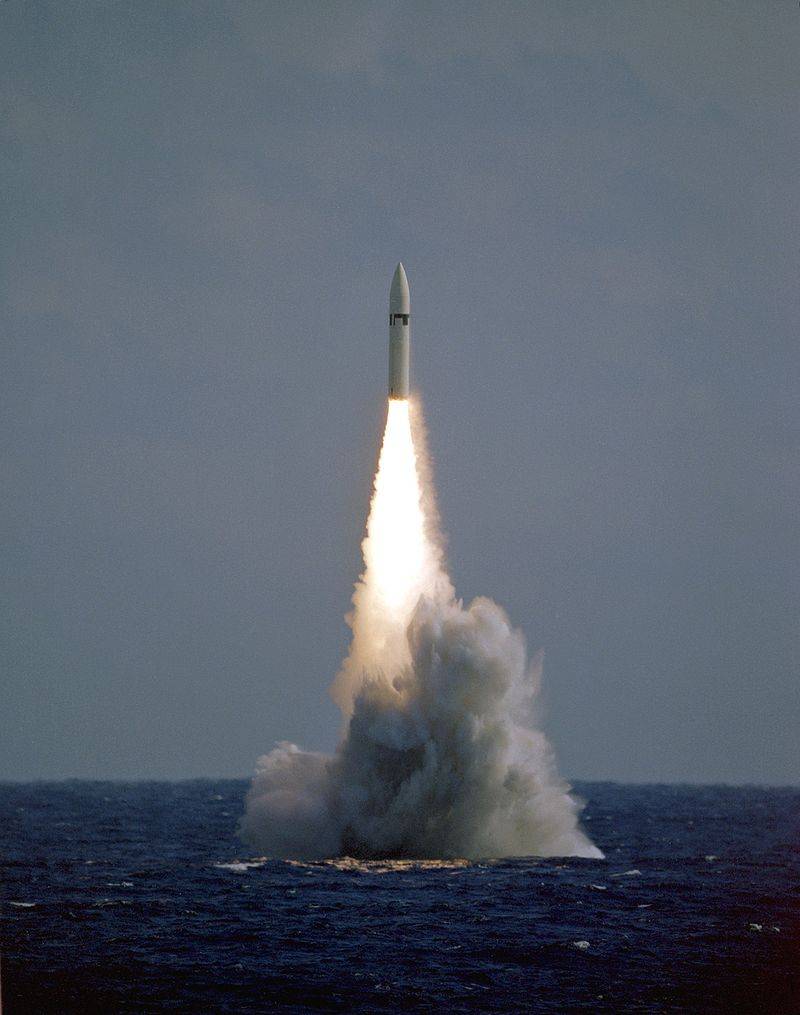
In 1960, the Soviet fleet a more advanced single-stage ballistic missile R-13 (complex D-2) was adopted, its make-up was already made by Makeev himself. The new missile partially solved the problem of its predecessor, which, due to its short range, did not allow striking at objects located deep in the enemy’s defense, which had developed anti-submarine defense. The maximum range of the R-13 missile increased to 600 km, and the power of the warhead installed on it increased to 1 Mt. True, like its predecessor, this missile provided only the possibility of a surface launch. This missile was already put on diesel and the first Soviet atomic submarines, remaining in service until 1972.
The creation of a single-stage ballistic missile R-21 (D-4 complex), which became the first Soviet missile with a submarine launch, was a breakthrough in Soviet rocket production. The increased characteristics of the rocket allowed to correct the balance in the strategic nuclear forces that took shape in the 1960-s. The P-21 rocket was put into service in the 1963 year, remaining in service for almost 20 years. But even this missile could not compete with the UGM-1960 “Polaris” (Polar Star) missile adopted in the US in 27 year.
In contrast to the Soviet single-stage liquid-fuel rockets, the American Polaris ballistic missile was solid-fuel and two-stage. Polaris A1, adopted in November 1960, in many ways exceeded the P-21, adopted in service in May 1963. The American missile could cross the 2200 km, while the maximum launch range of the P-21 was 1420 km, while the circular probable deviation of the American missile was 1800 meters against the 2800 meters of the P-21. The only advantage of the P-21 was the high charge power - 0,8-1 Mt vs 0,6 Mt from the American UGM-27 “Polaris” rocket.
In the pursuit race between the two countries, SKB-385 still had room to grow, especially given the fact that in the US 1962, the Polaris A2 missile developed by Lockheed with a range increased to 2800 km and a more powerful 1,2 MT warhead was used. The rocket, which on equal terms could compete with the American "Polar Star", was created in the USSR in the period from 1962 to 1968 year. It was 13 March 1968, the new single-stage ballistic missile Makeev R-27 (D-5 complex) was adopted.
When developing a new rocket, a number of innovative solutions were used, which for many years determined the appearance of SKB-385 missiles:
1) Maximum use of the entire internal volume of the rocket to accommodate the fuel components in it, the location of the main engine in the fuel tank (a recessed scheme is used), the use of a common fuel tank and oxidizer bottom, the location of the instrument compartment in the front bottom of the rocket.
2) Sealed all-welded body made of shells obtained by chemical milling of plates, the material for these plates served as aluminum-magnesium alloy AMg6.
3) Reducing the volume of the air bell due to the sequential start-up at the time of launching first the steering engines and then the cruising engine.
4) Joint development of elements of the rocket-launch system and the rocket, the rejection of aerodynamic stabilizers, the use of belt rubber-metal shock absorbers.
5) Factory refueling of ballistic missiles.
All these measures allowed to significantly increase the average density of the missile layout, which had a positive impact on its dimensions, as well as a reduction in the required volume of the mine and tanks of the annular gap. Compared to the previous Makeev P-21 rocket, the firing range of the new P-27 increased 2 times, the length and mass of the missile itself decreased by one third, the mass of the launcher decreased more than 10 times, the annular gap volume was 5 times. The load on the submarine per one missile (the mass of the missiles themselves, launchers for them, rocket mines, and also tanks of the annular gap) decreased by 3 times.
It is also important to understand that at the first stage of its existence, Soviet submarine-launched ballistic missiles were not the weakest link of the submarine strategic fleet. They fully corresponded to the tactical and technical level of the first Soviet nuclear submarines. These submarines also lost to the Americans on a number of parameters: they had a smaller range and speed, they were more noisy. Not everything was in order with accidents.
The situation began to level off at the beginning of the 1970-ies, when the first boats of the Xurenb “Moray” project arrived at the Soviet Navy. The boats had reduced course noise and carried excellent acoustic and navigation equipment on board. The main weapon of the new submarines was the two-stage liquid-propellant ballistic missile R-667 (D-29 complex), created by engineers of KB Mashinostroeniya (as of 9, it was called SKB-1968) under the leadership of chief designer Viktor Petrovich Makeyev. The new rocket was put into service in the 385 year.
As part of the D-9 complex, the rocket was placed on board the 18 submarines of the 667B Moray project, carrying the X-NUMX P-12 missiles, which could be released in one gulp from depth to 29 meters and with sea waves to 50 points. Adoption of this missile has greatly increased the combat effectiveness of Soviet submarine missile carriers. The intercontinental flight range of new missiles eliminated the need to overcome the developed anti-submarine defense of NATO and US fleets. In terms of flight range - 6 km, this Makeeva rocket surpassed Lockheed’s UGM-7800 Poseidon C73 rocket developed by the company in 3. The American rocket had a maximum range of just 1970 km (with 4600 units). At the same time, its circular probable deviation still exceeded the indicator of the Soviet P-10 - 29 meters against 800 meters. Another feature of the American missile was a shared warhead with individual targeting units (1500 units for 10 CT), while the P-50 was a all-in-one missile with a 29 MT warhead.
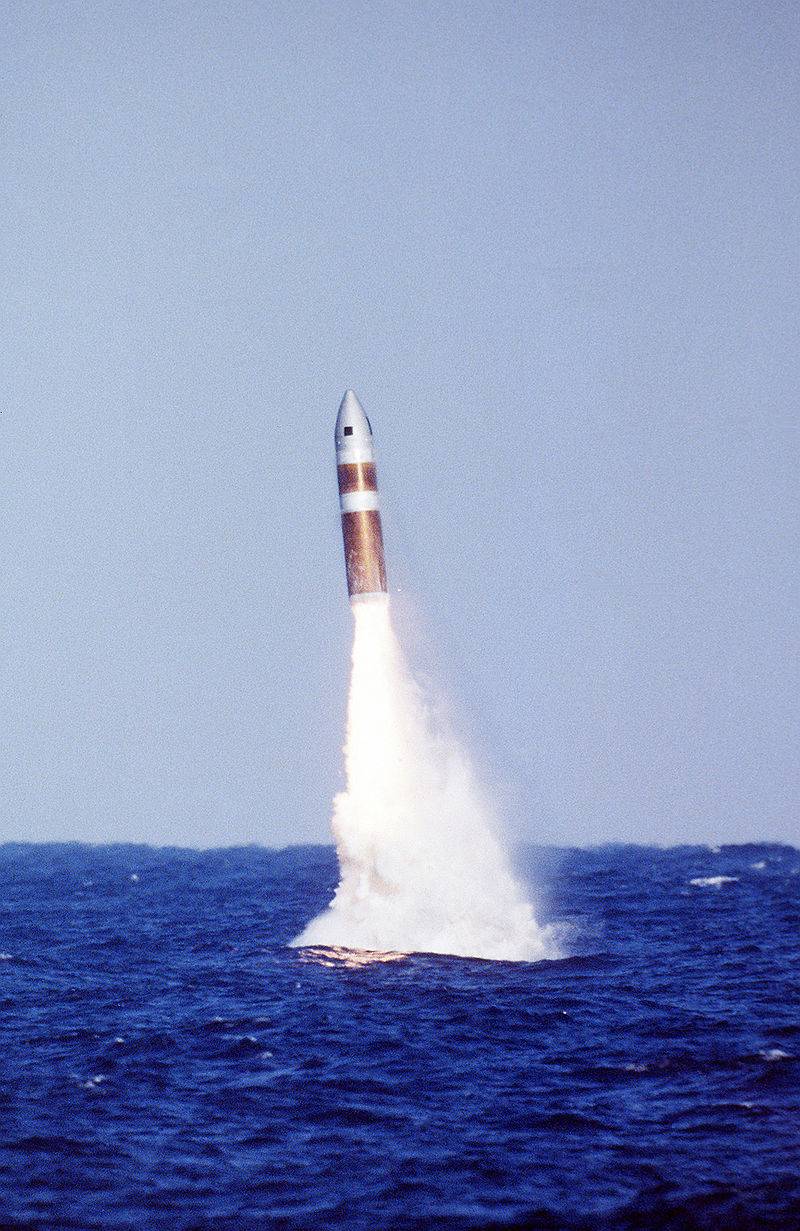
In 1978, the missile R-29D was adopted, which was armed with 4 submarines of the 667BD Murena-M, which were already carrying 16 missiles on board. At the same time, for the first time in the USSR, the azimuthal astrocorrection system (correction of the flight plane using stellar landmarks) was used for the first time in the USSR to obtain the necessary accuracy of firing on the P-29 ballistic missiles. The P-29D’s rocket probable deviation rate reached a comparable indicator with the Poseidon C3 rocket - 900 meters, while the maximum firing range increased to 9100 km.
At the same time, liquid ballistic missiles for nuclear submarines, created by specialists from Makeev’s SRC, were brought to the highest degree of perfection after the death of the ingenious designer. So the rocket R-29RMU2 "Sineva", adopted by the Russian fleet in 2007 year and placed on the submarines of the third generation 667BDRM "Dolphin", is superior to the US Navy Trident-1990 missiles armed with the US Navy. According to numerous experts, including foreign ones, Sineva is recognized as the best submarine-based missile in the world. The most important indicator that makes it possible to judge its combat effectiveness is the ratio of the mass to be dropped to the mass of the rocket itself. At Sinevy, this figure is significantly higher than that of the Trident-2: 2 t on 2,8 t against 40 t on 2,8 t. At the same time, UGM-60A Trident II, created by Lockheed Martin, with an 133 ton weight can hit targets at a distance 2,8 km.
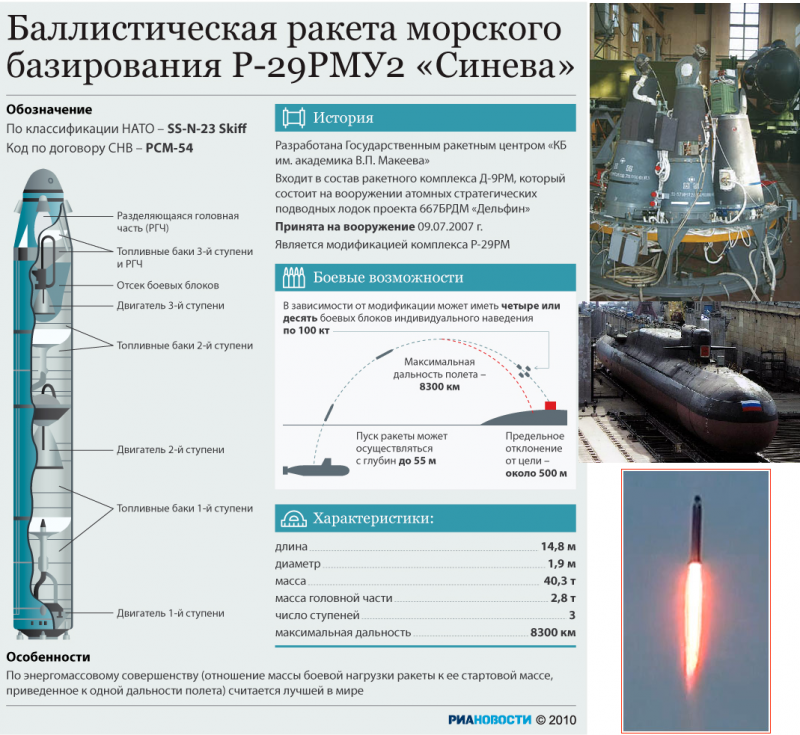
The Russian three-stage ballistic missile R-29РМУ2 “Sineva” has a launch range from 8300 to 11 500 km depending on the combat load. The missile can carry up to 10 combat units of individual guidance with a power of 100 kt each, or an 4 block with a capacity of 500 kt each with enhanced countermeasures against enemy missile defense systems. The circular deviation of these missiles is 250 meters. The sea rocket Р-29РМУ2 "Sineva" and its development Р-29РМУ2.1 "Liner" in its energy-weight perfection (technical level) are superior to all, without exception, modern missiles from the USA, China, Great Britain, France, the official website of the Makeyev Center of Education and Development reports. Their use can make real the extension of the operation of strategic nuclear submarines of the project 667BDRM "Dolphin" to 2030 year.
Information sources:
http://makeyev.ru
http://bastion-opk.ru/grc-kbm
http://svpressa.ru/post/article/107362
Open source materials
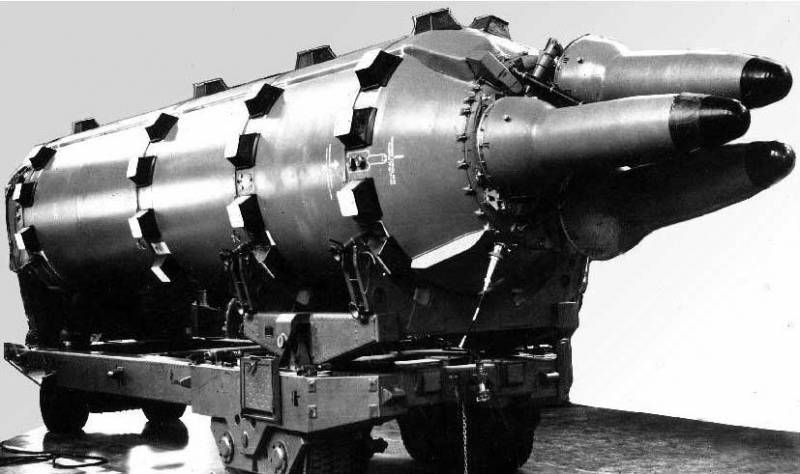
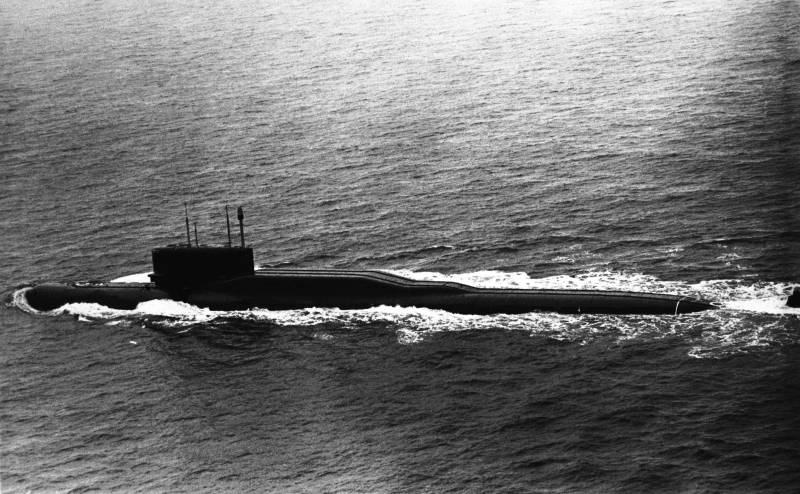
Information